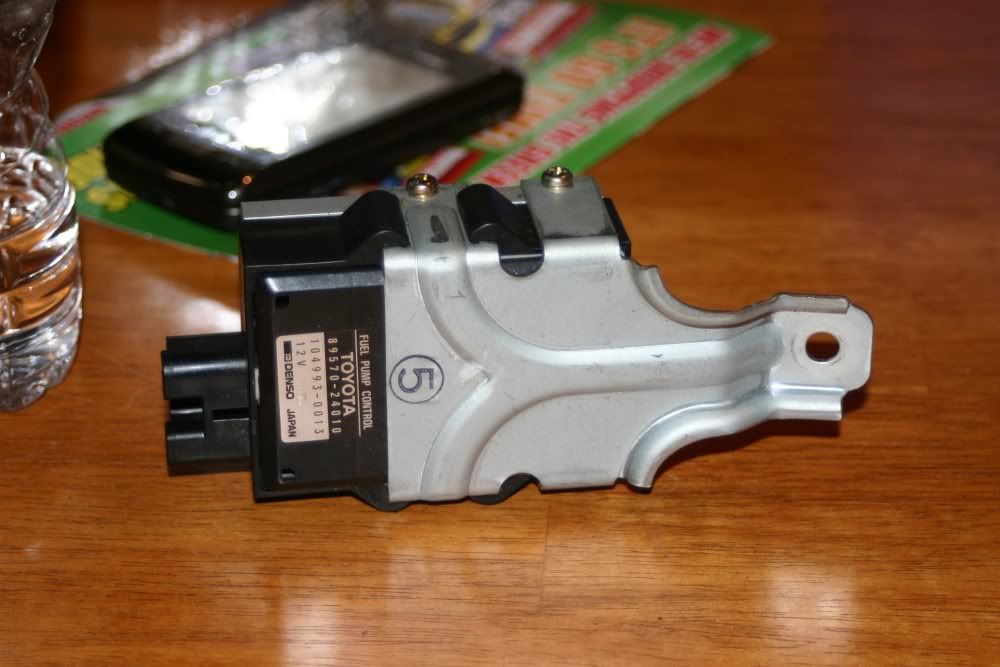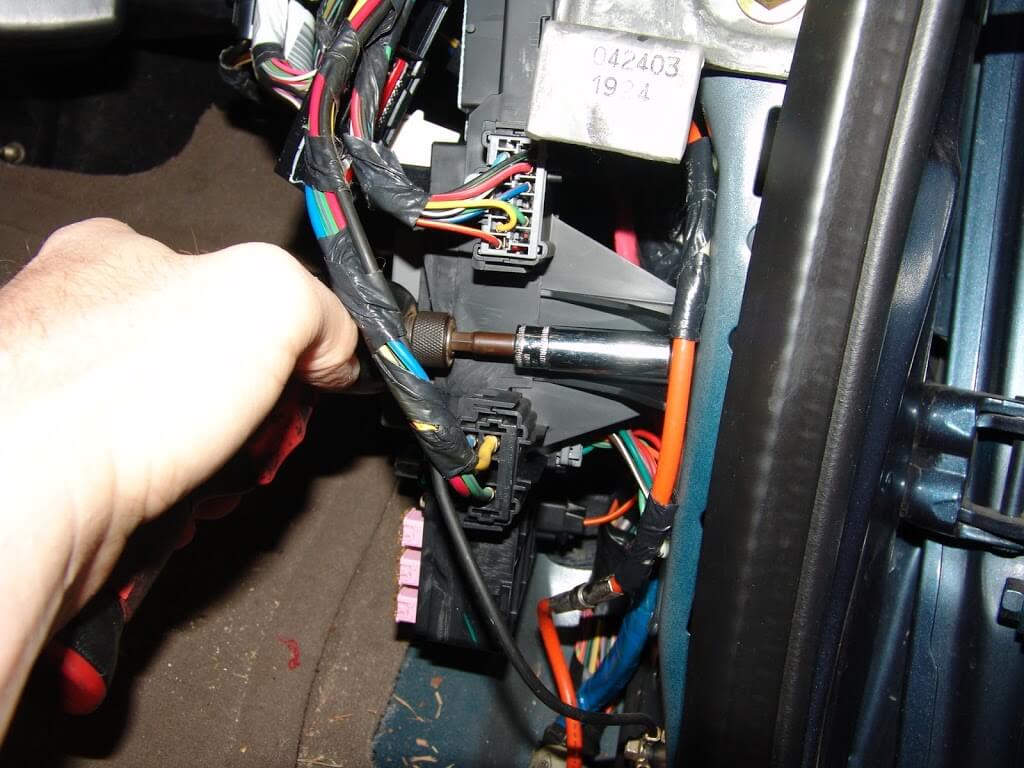
However, some fuel pump relays come in different shapes and sizes, so it’s best to locate your manufacturer’s diagram if you’re having trouble finding your fuel pump relay.

The majority of vehicles made today have the fuel pump relay located near here, and the fuel pump relay should look like a small plastic box with four to five electrical terminals. Then, open your vehicle's hood and find the fuse panel. Step 1 – Locate the Fuel Pump Relayįirst, make sure that you have enough light and room to work. This means your fuel pump will cease to function properly.Ĭheck out the following steps to troubleshoot your fuel pump. When either of these begin failing, the current to the electrical circuit will be also fail. The most common parts to burn out or break include the contact and the coil. This can change the results of voltage drop and current tests.Testing the relay of a fuel pump is relatively simple, as it does not have many parts. On some return and returnless systems, a control unit will drop a resistor into the circuit to slow down the fuel pump. If pressure is high and amperage is above specification, it might indicate a restricted regulator and/or fuel return line. high circuit resistance, ground side and.If pressure is low and amperage is below specification, check: If a pump is out of specification and the dram is too high, it can indicate: On some vehicles, it might be necessary to follow test procedures from the vehicle manufacturer to load the engine, or to even activate the pump with a scan tool. An amperage level above or below the specification indicates a malfunction is present, if pressure is low and amperage is above specification. The majority of fuel pumps run for only a few seconds once the relay is energized (only long enough to prime the system) and until an RPM signal is generated.Īs a rule of thumb on port fuel-equipped vehicles, fuel pump current draw increases by 1 amp for every 10 pounds of fuel pressure. Energize the fuel pump relay and power the fuel pump circuit. The fuel pump circuit must be energized to properly test it. Connect one digital voltmeter test lead to the negative battery terminal and the other to the negative terminal at the fuel pump.ģ. Address the negative side of the circuit first, then the positive side.Ģ.

Most fuel pump wiring harnesses reside in a harsh environment.ġ. If you damage a wire, it’s highly recommended to seal the puncture with electrical tape. Using thumbtacks and pushpins can damage the connector or wires. It’s highly recommended to use specialized piercing probes. More than likely, you’ll have to pierce the wire to take a reading. Some connectors can be disassembled to access the terminals. Since the fuel pump circuit must be energized, you will need to back-probe the connectors or pierce the wires. The results are immediate as to whether you’ve got a good connection or a bad one. With the right leads and back-probes, it’s possible to do the test (if you have access to the top of the tank) without any disassembly.

It could be caused by a corroded ground, a connector that is no longer sealed or even a connection that is weak due to poor retention.Ī voltage drop test is the only effective way to find excessive resistance in high-amperage fuel pump circuits. It doesn’t take much to introduce 0.5 ohms or more of resistance into an automotive electrical circuit. But, when more volume is required, as when the vehicle is under acceleration, it could be starved for fuel. The loss of 4.0 volts may not affect the idle of a vehicle, as the fuel pressure may be within specifications. This is a voltage drop of almost 4.0 volts. If you were to put a 1.0-ohm resistor in a fuel pump circuit, it would lower the 13.25 volts prior to 9.78 volts. Resistance can be caused by corrosion, fretting and even air. A resistor or insulator prevents the flow of electricity in a circuit.


 0 kommentar(er)
0 kommentar(er)
